ta moko Ta Moko Drawing by Clara Evans Ta Moko Fine Art Prints and
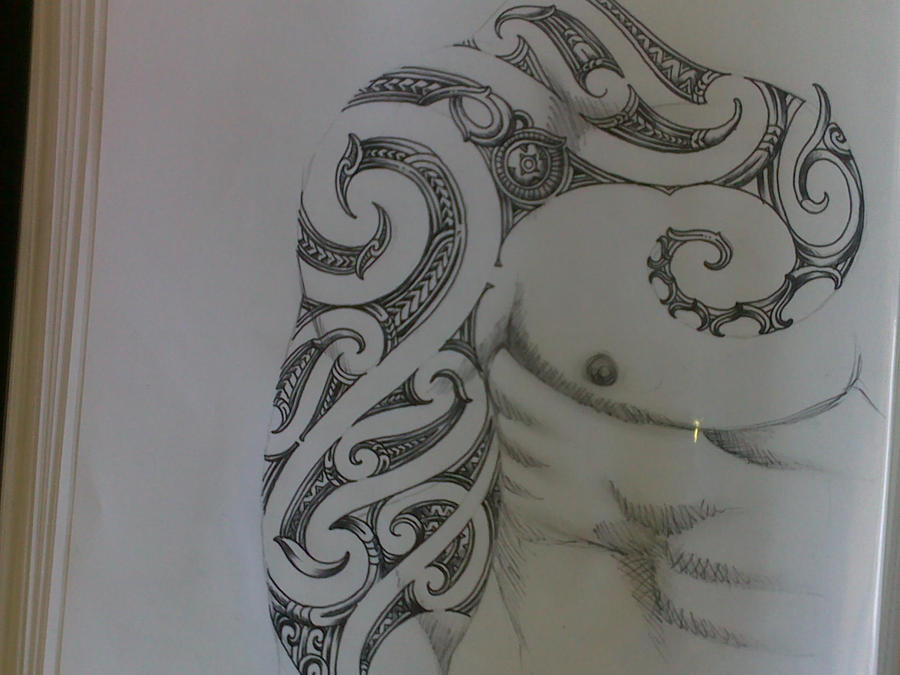
ta moko return by manamotif on DeviantArt
This method of tattooing is based on the use of broad toothed combs of varying widths called uhi (chisel blades), dipped in dark pigment, and struck into the skin with small mallets known as tā. The pigment used was soot obtained from burning kahikatea, or white pine, sometimes mixed with kauri gum or soot from the oily koromiko (hebe) shrub.
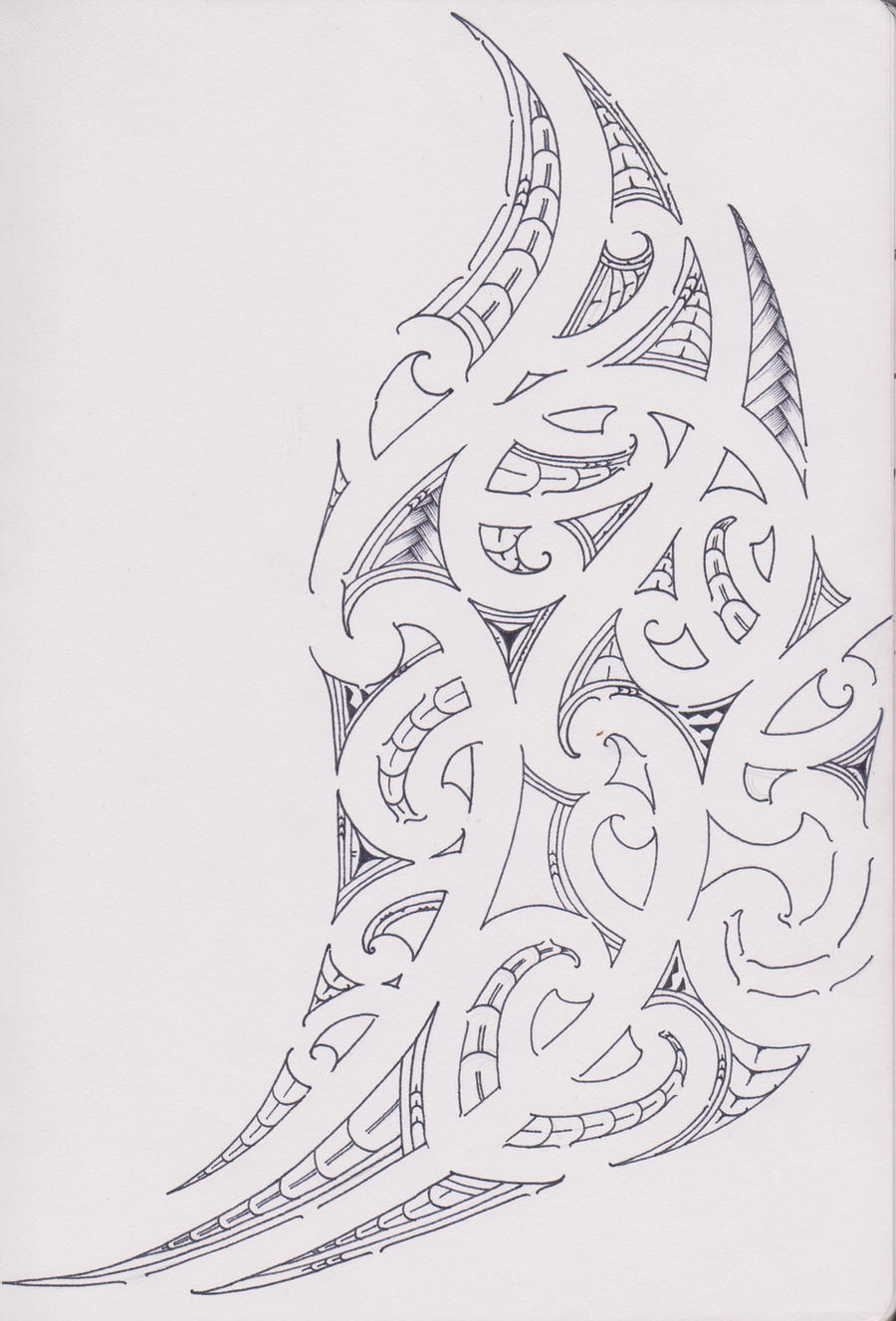
Ta Moko 2 by bloodempire on DeviantArt
Te Papa Tongawera (or simply Te Papa) is New Zealand's innovative national museum situated near the foreshore of beautiful Wellington harbour. Te Papa Tongawera means "container of treasures" in Te Reo Maori, which is the indigenous language of Aotearoa (New Zealand).

ta moko design by manamotif on deviantART Tattoos, Maori tattoo
Maori tattoos, also known as moko or ta moko, are traditional tattoos that originated in New Zealand. These tattoos have a rich cultural history and are deeply rooted in Maori traditions and beliefs. Each tattoo design has its own unique meaning and symbolism, making it an important aspect of Maori culture.

Ta Moko Gold Coast & Brisbane Arts Elemental
Mythological origins. Like other Māori rituals, those pertaining to tā moko derive from the mythological world of the atua (gods). The word 'moko' is thought by some to refer to Rūaumoko, the unborn child of Ranginui and Papatūānuku. Rūaumoko is commonly associated with earthquakes and volcanic activity and has been translated as.

ta moko Ta Moko Drawing by Clara Evans Ta Moko Fine Art Prints and
Tā moko is the permanent marking or "tattoo" as traditionally practised by Māori, the indigenous people of New Zealand. It is one of the five main Polynesian tattoo styles (the other four are Marquesan, Samoan, Tahitian and Hawaiian). [1] Tohunga -tā-moko (tattooists) were considered tapu, or inviolable and sacred. [2]

ta moko Ta Moko? by aesop in Body art, Tattoo, Tā moko on Fotopedia
The Meaning of Ta Moko - Maori Tattooing - The Australian Museum Ta Moko was like a history of a person's achievements and represented their status in their tribe.

Ta Moko by bloodempire on DeviantArt
Tā moko for men and women. Traditionally, men received Mataora on their face - as a symbol of nobility. As māori believe the head is the most sacred part of the body, facial tattoos have special significance. Moko kauae - are received by women on their lips and chin. A moko kauae represents a woman's whānau and leadership within her.

Alexis Demetriades Science Illustration Maori Ta Moko
The process for receiving a moko. The first stage in receiving moko is the basic desire. It can take years to reach a decision about when, where on your body and from whom to receive moko. After you have been gifted these insights the next step is to get in touch with the tā moko artist. We find this usually happens via the e-mail, from our.

How To Draw Ta Moko Design, Mangopare, Step by Step, Drawing Guide, by
2 of 2 SUPPLIED. Finishing a piece of pūhoro. It was the mid-90s and a young Christchurch artist named Chris Harvey was starting out as a tohunga tā moko (Māori tattoo artist). "When I started.

How To Draw Ta Moko at How To Draw
Traditional Maori tattooing, known as Ta Moko, is an ancient art form that holds deep cultural significance for the Maori people of New Zealand. Ta Moko is not just a form of body art; it is a visual representation of a person's identity, history, and social status within the Maori community. In this article, we will explore the traditional.

Ta moko design by JaymeWatene on DeviantArt
Maori community leader with ta moko on his face, ca.1905. Credit: PBS 2003.. In the tradition of tattoo apprenticeship, an aspiring artist would train under an experienced tattooer and practice drawing in the style and tracing images that he or she wanted to tattoo. The common practice of 'flash' or collections of tattoo ideas that.
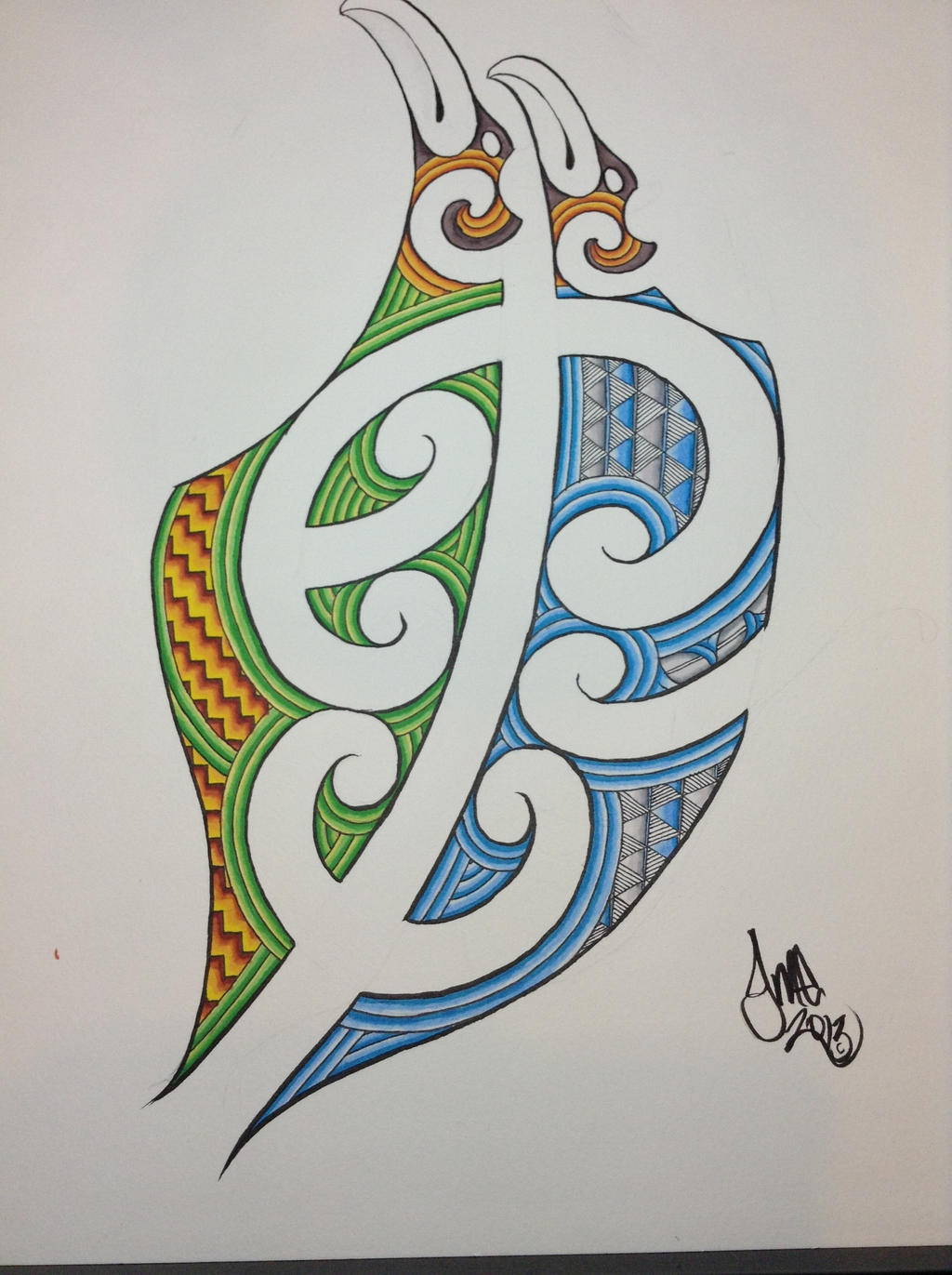
Ta moko design by JaymeWatene on DeviantArt
Receiving a moko is a big honor, and the only people without moko were slaves or workers. Because of their uniqueness, moko were also used in the 19th century to sign official documents; by drawing it in place of a signature. This was the case for some tribal chiefs who signed the Treaty of Waitangi by drawing their moko.

Ta Moko Back by bloodempire on DeviantArt
Ta moko is the traditional art of Māori tattooing, initially pertained only to the face, legs and buttocks. Contemporary ta moko has expanded its borders to incorporate one's arms, chest and back - most likely due to the stigma that being tattooed has in modern society.
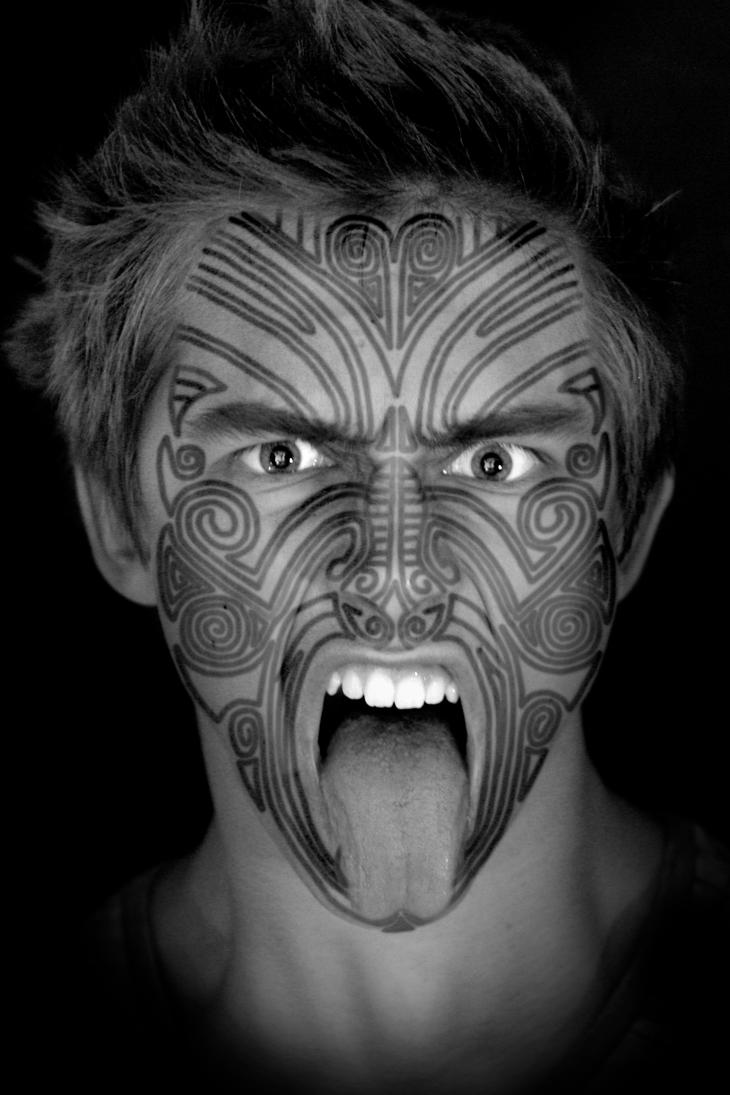
Ta Moko by zanefoster on DeviantArt
Tattooing is an integral part of the Maori culture. The process of a person receiving a tattoo involved a series of rituals - particularly prior to the arrival and interference of Europeans. The traditional Maori tattoo practice is known as ta moko. Since the head is believed to be the most sacred part of the body by the Maori, ta moko was.

Ta Moko Drawing Nz art, Polynesian art, Maori art
Ensuring the sacred preservation of Tā Moko is a role that should be upheld by both artists and wearer. "Tā Moko belongs to the Māori artist community and their whakapapa. When non-Māori apply this, they are ignoring that Māori fought for their culture - they are robbing from us and undermining our own development as a people," she.
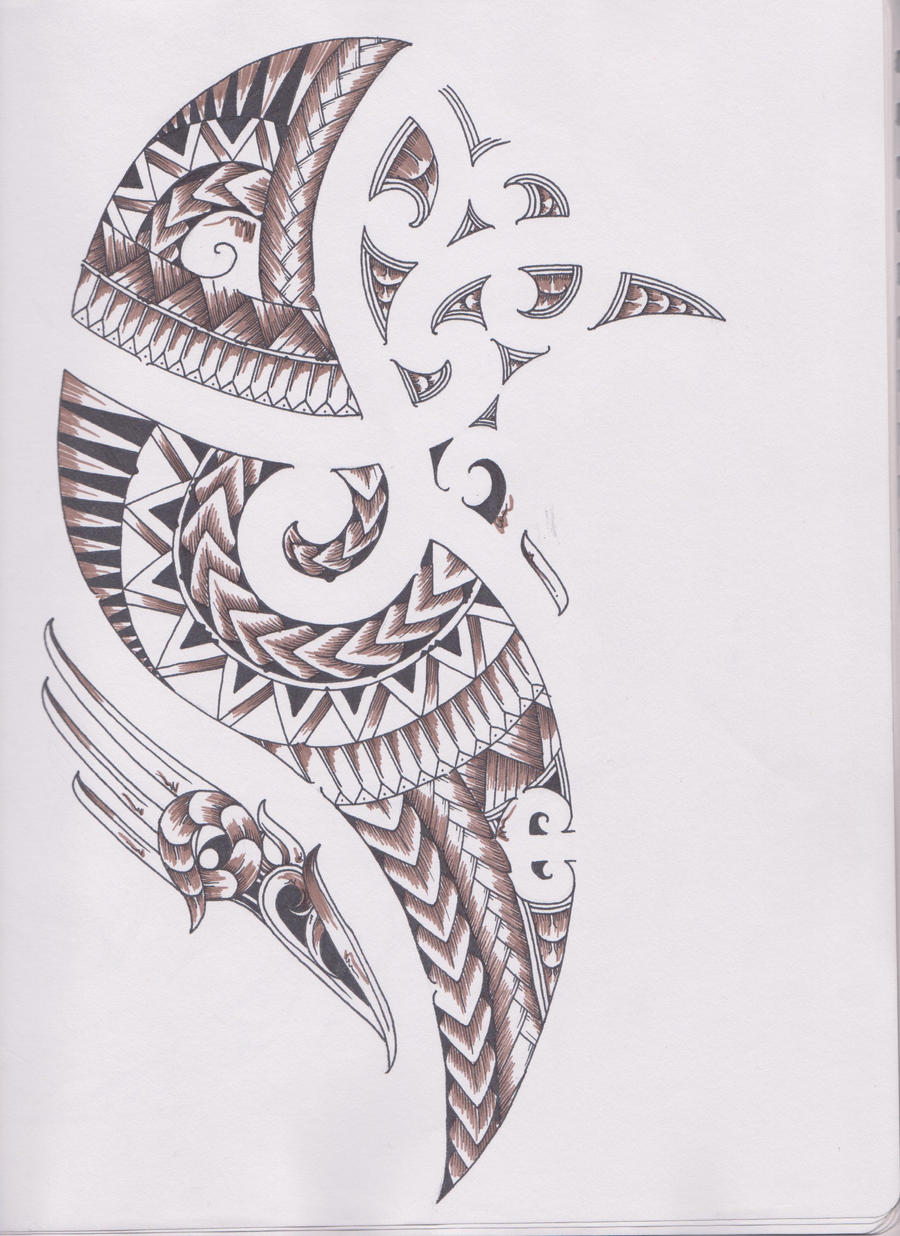
Maori/Samoan Ta Moko Concept by bloodempire on DeviantArt
Tattooing is common throughout the Pacific Islands. In New Zealand, Māori developed techniques to cut deeply into the skin, producing grooved scars. The spiral motifs are distinctively Māori. Moko originated in rituals of mourning for the dead. Women would haehae (cut) themselves with shells or obsidian and put soot in the wounds.